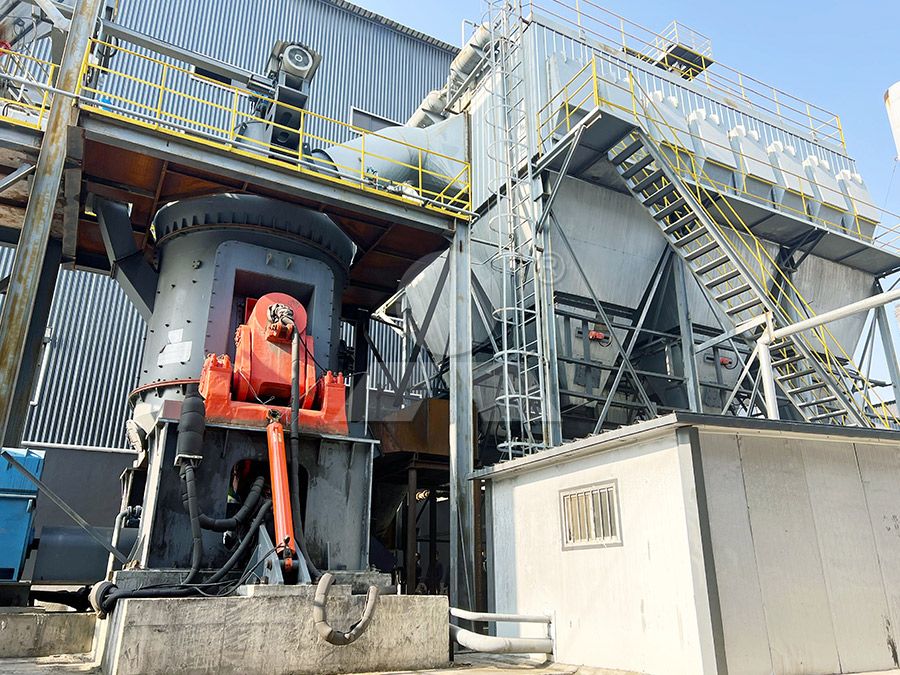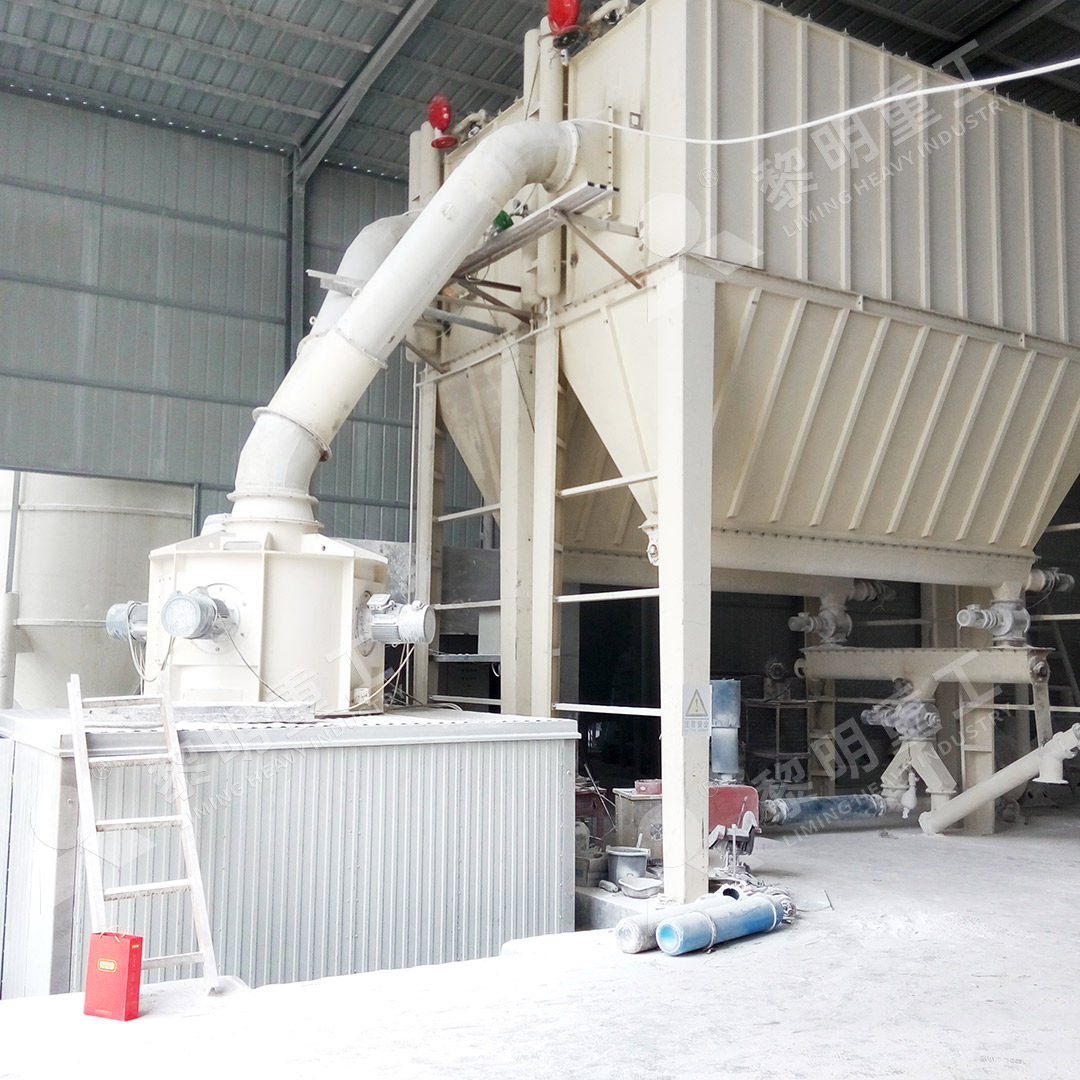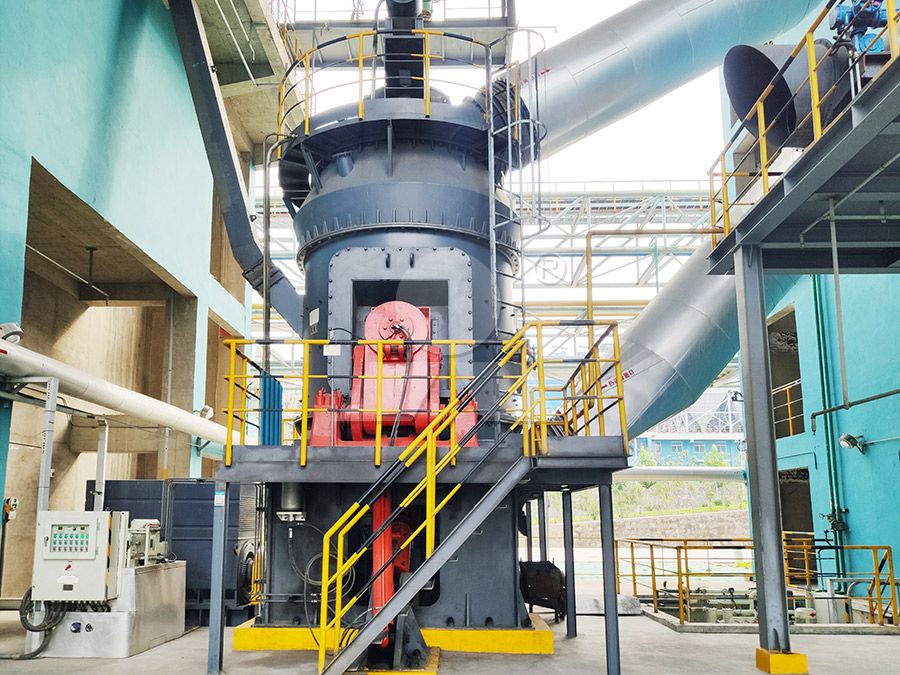1600 Mesh Steel Slag Grinding Mill: Price, Process & Supplier Guide
Navigating the Complex World of Steel Slag Grinding
Steel slag, a byproduct of steel manufacturing, presents both an environmental challenge and economic opportunity. When processed correctly, this industrial waste transforms into valuable materials for construction, cement production, and various industrial applications. The key lies in efficient grinding technology capable of achieving ultra-fine particle sizes up to 1600 mesh.

The Technical Challenge of 1600 Mesh Grinding
Achieving 1600 mesh fineness (approximately 10 microns) requires specialized equipment beyond conventional grinding mills. The abrasive nature of steel slag demands robust construction, while the fine powder generation necessitates advanced dust collection systems. Traditional ball mills struggle with energy efficiency at these fineness levels, while basic Raymond mills cannot achieve the required particle size distribution.
The grinding process typically begins with preliminary crushing to reduce slag to 0-20mm fragments, followed by drying to reduce moisture content. The actual fine grinding represents the most technologically demanding phase, where equipment selection dramatically impacts operational costs and product quality.
Advanced Grinding Solutions for Steel Slag
For operations targeting 1600 mesh steel slag powder, we strongly recommend considering our MW Ultrafine Grinding Mill. This system represents a technological leap in ultra-fine powder processing, specifically engineered for challenging materials like steel slag.
The MW series stands out with its impressive 0.5-25 tph capacity range and ability to handle 0-20mm input material directly. What truly distinguishes this system is its remarkable energy efficiency – achieving 40% higher production capacity compared to jet mills and stirred mills at equivalent fineness and power consumption. For steel slag processors, this translates to significantly lower operating costs per ton of finished product.

Key Considerations for Steel Slag Grinding Operations
Beyond the grinding mill itself, successful steel slag processing requires attention to several critical factors:
- Dust Control: Steel slag grinding generates substantial fine particulates. The MW Mill’s integrated pulse dust collector ensures compliance with environmental regulations while recovering valuable product.
- Wear Protection: The abrasive nature of slag accelerates equipment wear. Our proprietary wear-resistant alloys extend service life by 1.7-2.5 times compared to standard materials.
- Particle Distribution: Consistent 1600 mesh output requires precise classification. The MW’s German-derived cage-type powder selector enables exact fineness control between 325-2500 meshes.
- System Integration: Proper feeding, conveying, and product collection systems are essential for operational efficiency.
Economic Considerations and ROI
Investing in proper grinding technology for steel slag delivers compelling returns. Beyond the revenue from selling the processed powder, operators benefit from reduced waste disposal costs and potential environmental credits. The MW Ultrafine Grinding Mill’s higher efficiency and lower energy consumption typically deliver payback periods of 12-24 months, depending on operation scale and local energy costs.
For operations requiring even higher throughput or different material characteristics, our LUM Ultrafine Vertical Grinding Mill presents another excellent option. With capacity ranging from 5-18 tph and specialized grinding curves for difficult materials, the LUM series excels in processing efficiency and product quality.

Supplier Selection Criteria
Choosing the right equipment supplier is as important as selecting the proper technology. Look for manufacturers with:
- Proven experience in slag processing applications
- Comprehensive after-sales support and spare parts availability
- Testing facilities for material evaluation
- References from similar operations
- Digital processing capabilities for precision manufacturing
Frequently Asked Questions
What is the typical energy consumption for grinding steel slag to 1600 mesh?
Energy requirements vary by material characteristics, but our MW Ultrafine Grinding Mill typically consumes 30-40% less power than conventional jet mills and about half the energy of ball mill systems for equivalent output.
Can the same equipment process other materials besides steel slag?
Absolutely. The MW Mill effectively processes limestone, calcite, dolomite, gypsum, barite, and various other non-metallic minerals, providing operational flexibility.
What maintenance should be expected with steel slag grinding equipment?
The MW series requires minimal maintenance thanks to its no rolling bearing design in the grinding chamber and external lubrication system. Typical wear parts include grinding rollers and rings, with service intervals of 2,000-3,000 operating hours depending on slag abrasiveness.
How does the pricing compare between different grinding mill types?
While ultra-fine grinding mills represent a higher initial investment than basic Raymond mills, their superior energy efficiency and higher value product output deliver significantly better lifetime operating costs. Specific pricing depends on capacity requirements and configuration options.
What safety features are important for slag grinding operations?
Essential safety considerations include explosion-proof designs for dust-rich environments, mechanical limiting systems to prevent grinding component contact, and comprehensive dust collection to maintain ambient air quality.
